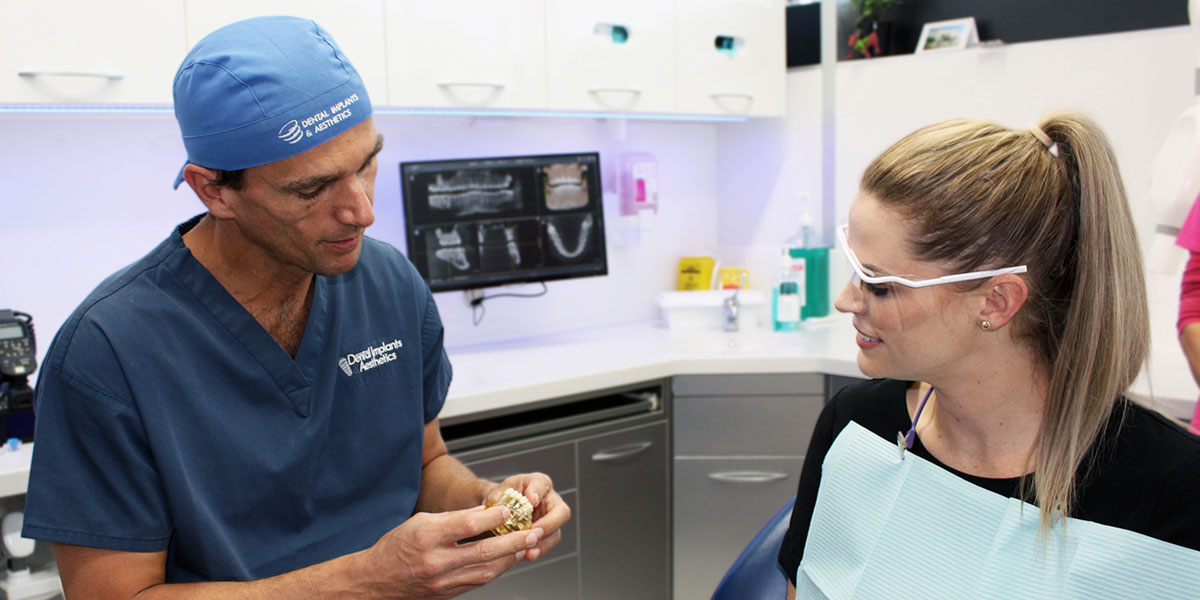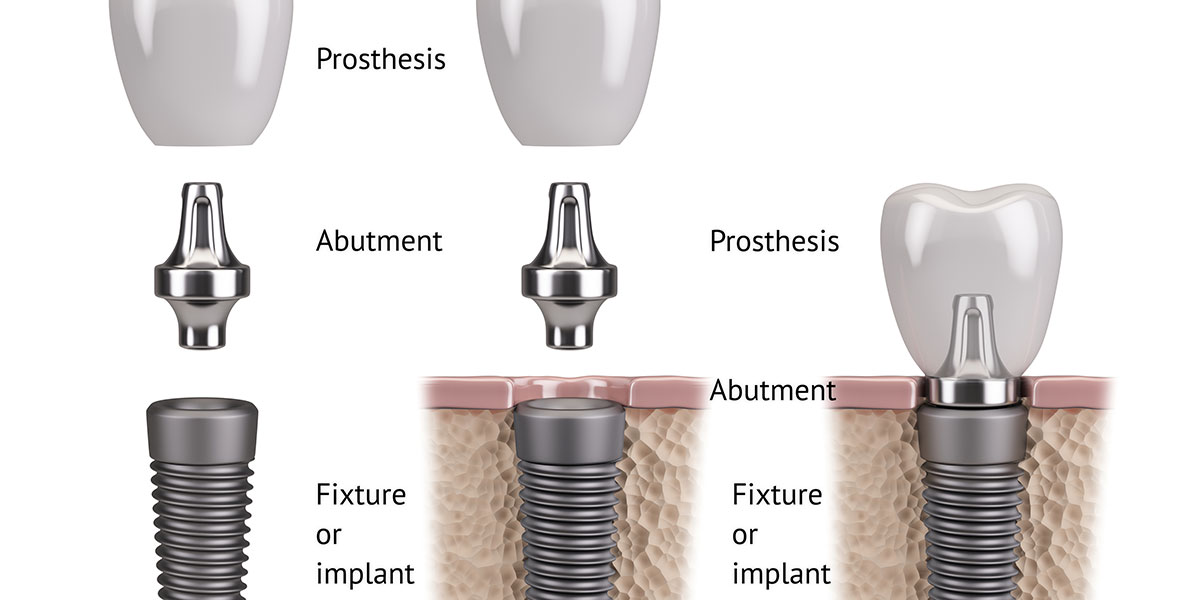What Is Bone Grafting?

What Is Bone Grafting?
In our treatment and implant procedures, we often mention bone grafting as part of the treatment. But what does bone grafting actually mean and when is this treatment required? Dr Franck Page has answered some common questions from our patients about bone grafting.
What is bone grafting?
Bone grafting is an oral surgery procedure used to replace and regenerate lost jaw bone. Traditionally, a section of bone from another area of your mouth is harvested and re-positioned. Although this still occurs, most bone grafts are now performed using donor bone.
This bone either has a human or bovine origin. As well as this, new artificial (synthetic) bone substitutes are available and are becoming more utilised.
Bone grafting is used to create new bone growth or to maintain bone volume depending on the requirements of the area and the patient.
When do I need a bone graft?
Bone grafting is performed whenever bone volume or contour must be maintained or built up. There can be several reasons for a patient to require a bone graft such as following the effects of periodontal disease, trauma, tooth extractions, and during dental implant placements.

Bone grafts can be essential for a successful, long-lasting dental implant restoration. A dental implant consists of three pieces – a titanium fixture that is placed into the jaw bone and replaces the root of the tooth, an abutment that attaches to the fixture, and a crown that is placed on top of the abutment that gives the implant the appearance of a normal tooth.
Patients who require an implant and have been missing teeth for a long period of time often suffer from bone deficiency. It is caused by a simple process. When teeth are lost, the bone that used to surround them starts to resorb.
This means that the jaw bone is too thin or too soft to keep the implant fixture in place. One solution for this issue may be the placement of a bone graft to increase the thickness of the bone (enhance the bone profile).
What materials can be used for a bone graft?
In addition to the above mentioned material, collagen membranes can also be used in conjunction with bone grafting material. The membranes are secured above the grafted site but below the gum. These help the bone to heal without ingrowth of soft tissue enabling larger and more predictable bone augmentation. Examples of such membranes are Creos (Nobel Biocare) or Bioguide (Geistlich) or Osseoflex (3i).
What happens after my bone grafting treatment?
The bone graft oral surgery procedure takes between 10-60 minutes and is usually performed in our practice. The initial recovery period after the treatment takes about two weeks. The waiting time until a solid bone mass has built up is in most cases between 4 to 6 months. The waiting time may be longer if the patient showed extensive bone deficiency or your dentist had to perform a sinus lift procedure as well as the bone graft. In these cases, the recovery time would be at least between 6 and 9 months.
The healing time also depends on the complexity of the bone graft procedure performed, the type of bone substitute used, and the location of the procedure in the mouth (upper or lower jaw).
Once your dentist decides that there is enough strong bone, the next step is the placement of a titanium dental implant fixture into the jaw bone. The healing time after this dental surgery can vary between 3 and 6 months.
After the recovery period, your dentist will place the abutment into the jaw on top of the implant fixture. The soft tissue will need a healing time after this procedure.
Once the soft tissue has healed, your dentist will take impressions of your teeth and start the process of inserting the final crown to match your surrounding teeth.
Bone Grafting Treatment at Dental Implants & Aesthetics
Dr Franck Page conducts bone grafting surgery at our practice. You can book a consultation with Dr Franck Page online here or call our friendly team on 07 5503 1701.


















